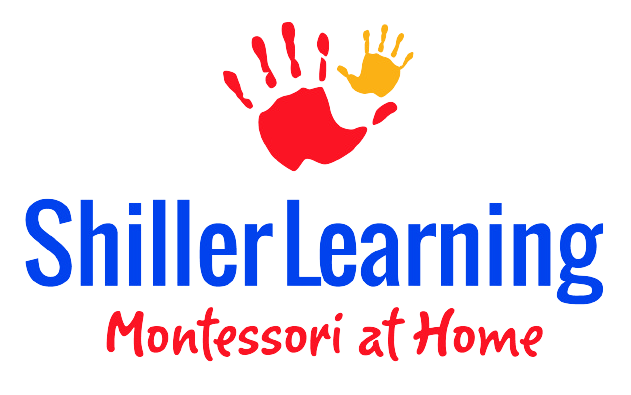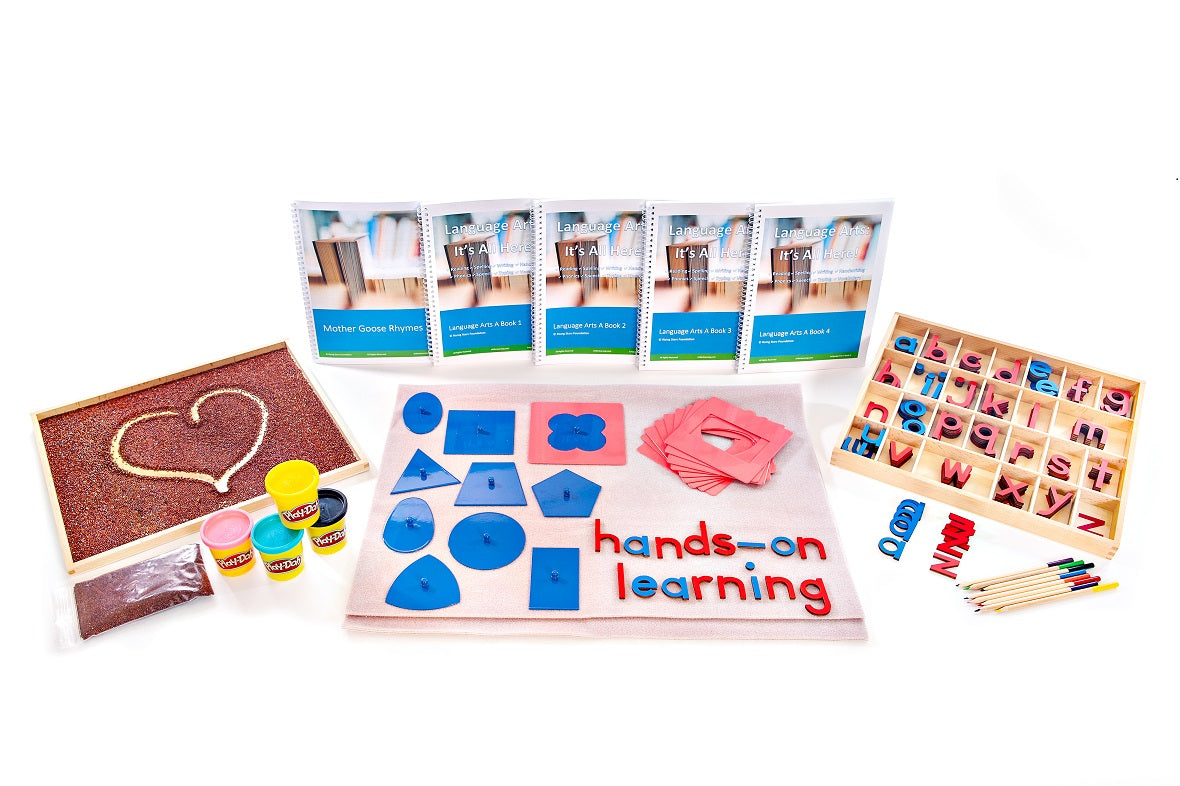Learn to Identify - and Make the Most of - Six Opportunities in Mistakes.
The ShillerLearning philosophy says that every homeschool math mistake is a learning opportunity because it encourages discussion and improves understanding of concepts and process.
Are you getting excited about your child's next mistake?
Parents with children that reach their full potential have a clear strategy for dealing with mistakes because they will occur early and often. The language a parent uses in identifying and correcting mistakes has a huge impact on how well or poorly the child will learn and enjoy homeschool math.
Education expert Larry Shiller suggests the following approach when a mistake is made:
1. Focus on the process, not the person. When they mess up, children, like adults, don't like to hear that they are a lesser person (because they're not); blaming a child for a mistake discourages interest. Try using phrases like, "Does that seem right?" "I might've come up with a different answer. Let's take a look at the steps we are using to solve this problem." "I would've got that answer wrong too! Let's see how we can get to the correct answer and understand why it's correct." Or: "Maybe there's a different approach; let's start from the beginning to get it right."
2. Keep a sense of humor. When a child associates math with laughter and warm feelings, it's bound to be a good and lasting one.
3. Use the other senses (touch and movement, hearing, sight, smell). Math is best learned when it is concrete before it is abstract. Put the audio CD on and sing and dance along. Use the manipulative index to find an activity that uses a favorite manipulative.
4. Be creative. Feel free to extend the activity or game in the lesson - or make up games as you go along should the urge strike. The ShillerMath.com customer downloads page opens a whole new world of arts and crafts that make math fun.
5. Mistakes are opportunities to identify holes in the child's knowledge or approach. ShillerLearning recommends employing the Socratic Method of questioning to help the child discover his or her own error. Once the hole is known it is usually easy to "fill." Be sure the reasons for the mistake are well understood before moving on: "This card says three thousands and you have two thousands. How many more thousands do you need to have three thousands? That's right: one more thousand. You may get another thousand."
6. Go back to basics. Revisit the Montessori Three Period Lesson of "This is, Show me, What is," which is explained fully in the ShillerMath Parent Guide and lesson books.
All this talk on mistakes; what about when the child does something correctly? One word: PRAISE. We will explore praise more in a future blog post. In the meantime, don't miss out on treating a mistake as an opportunity. Keep in mind that these tips work for all areas of learning, not just homeschool math.






